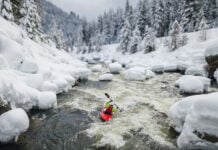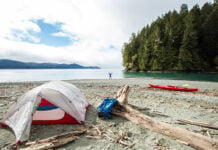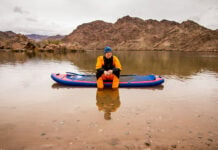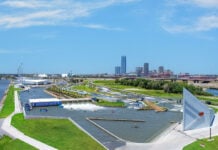The outdoor industry is flexing. At a time of historic gridlock in the U.S. Congress, the unanimous passage of the Expanding Public Lands Outdoor Recreation Experiences (EXPLORE) Act in April 2024 signaled the snowballing economic clout of outdoor businesses, which according to the U.S. Commerce Department’s Bureau of Economic Analysis pumped $1.2 trillion into the U.S. economy in 2023. On November 13, 2024, more than 300 outdoor recreation organizations and businesses signed a letter to members of Congress asking them to make sure EXPLORE is passed by the end of the year.
What the EXPLORE Act could mean for paddlesports
The bill is loaded with high-profile provisions to study potential long-distance bike trails and paths, allow for new rock climbing routes on public land and support much-needed infrastructure improvements for federal lands and gateway communities. Of greatest interest to the paddlesports industry, however, is the section titled Simplifying Outdoor Access for Recreation (SOAR). The regulatory relief package isn’t new—it was first introduced in 2019—but didn’t receive a floor vote until it was folded into the EXPLORE Act this spring.
SOAR addresses one of the most frustrating issues outfitters operating on public lands face—paperwork. If enacted, the legislation would shorten the wait time in the permit application process and create a pilot program for multijurisdictional permits. SOAR would direct agencies to use existing environmental assessments in permit evaluations and issue special recreation permits in most areas without a separate needs assessment. It would allow outfitters to provide activities similar to those they already offer without requiring new permits. Finally, it would create a low-friction process for small groups and event permits. SOAR is the lifeline paddling outfitters have long been waiting for.
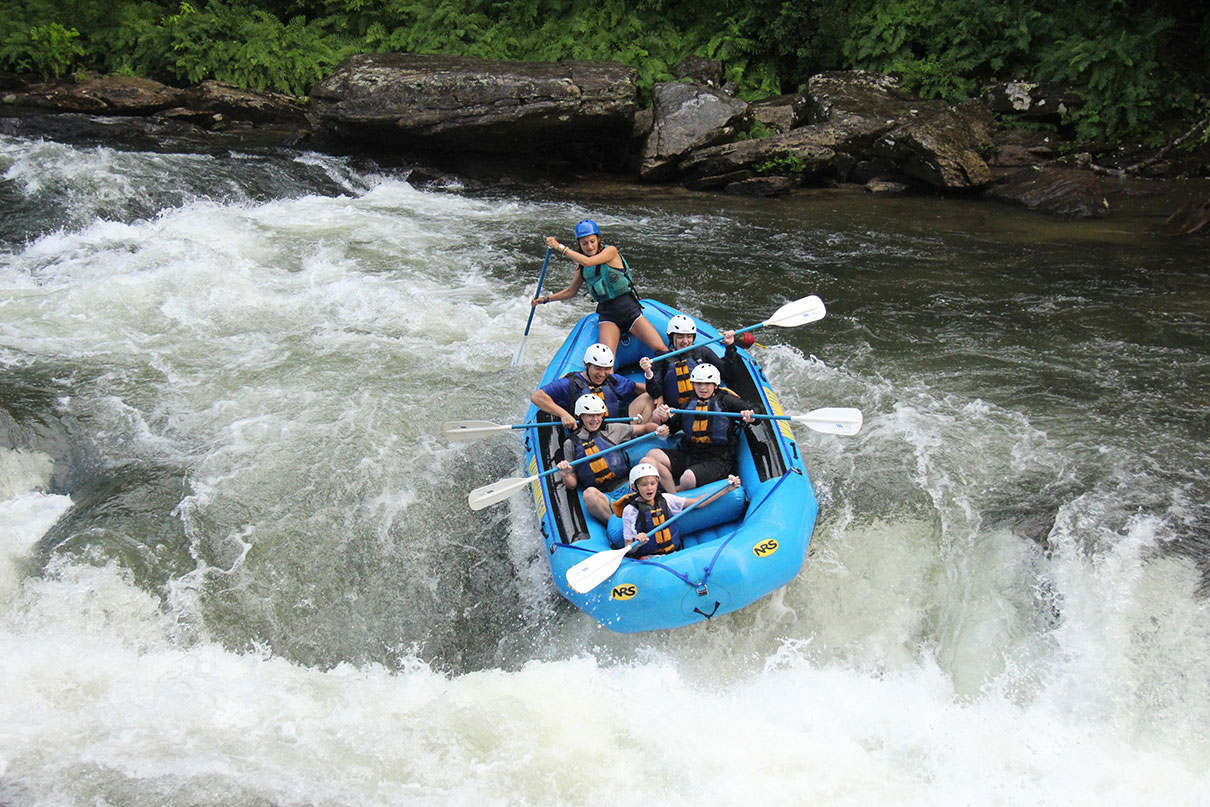
As many see it, the glacial pace of special recreational use permit applications is not the result of cautious management of public spaces. Rather, it’s due to inefficient permitting processes at land-use agencies starved for resources.
“The biggest challenge is just trying to get a permitting process to happen,” says Aaron Bannon, executive director of the America Outdoors Association. “Budgets are constrained, and federal land managers have to focus on other processes that make money, such as timber and oil and gas. Recreation falls lower on the list.”
The long wait for approval
That may explain why South Carolina-based Wildwater Rafting has been waiting 15 years for a response—any response—to an application to add guided hiking excursions to the company’s raft trips. “It creates an inability for a business to be innovative and adapt to the economic environment and the interests of our customers,” says Wildwater CEO Jack Wise.
Wildwater’s bread-and-butter rafting trips on the Chattooga and Nantahala have also fallen into limbo at times, even though the company has been operating within national forests for more than 50 years. The Forest Service hasn’t always had the bandwidth to process the renewal paperwork, and in those cases issues temporary extensions. This creates a sense of instability that makes it hard for Wise to sleep at night, let alone plan for the future.
It’s the same story outside of Portland, Oregon, where Sam Drevo opened eNRG Kayaking and Rafting on the doorstep of the Mt. Hood and Willamette national forests nearly a quarter-century ago.
“We located ourselves around so many rivers that we are locked out of—locked into an old system,” Drevo says. His kayaking programs serve 5,000 youth students each summer, but once they graduate beyond the mild whitewater of the Lower Clackamas, Drevo says it’s easier to take the kids to Costa Rica than continue progressing in their own backyard. “It keeps our students from being able to experience the diversity of whitewater within two hours of where we live,” he says.
Drevo spent 19 years on a Forest Service waiting list for a permit to run rafting trips on the Upper Clackamas, a popular class III to IV river close to the city. When an opportunity finally opened in 2019, COVID sapped what resources the agency had. He is running his first Upper Clackamas river trips this year.
New tools and timeframes
As Wise and Drevo will attest, one of the most frustrating aspects of the permitting process is the radio silence from understaffed agencies. SOAR would address this by requiring officials to acknowledge receipt of an application within 60 days and provide a date by which they will issue a decision. The act also allows agencies to provide temporary permits for up to two years, giving land managers time to assess the impacts of an activity before issuing long-term permits.
Anyone who follows Congress will notice the EXPLORE Act looks a lot like the America Outdoors Recreation Act, which has been kicking around the Senate since 2022. The two bills are nearly identical, and while the Senate version has yet to see a floor vote, it enjoys strong bipartisan support in the upper chamber.
The next step is for House and Senate lawmakers to agree on a harmonized version of the bill that can pass both houses before Congress calls it quits for the year. If they miss this chance, Bannon says getting the landmark bill across the finish line will become incrementally harder. For his part, Wise is confident the outdoor industry wields more political leverage than in the past. Americans of all political stripes enjoy the outdoors, but the real difference-maker in the halls of Congress is the outdoor industry crossing the trillion-dollar threshold.
“We have had similar bills in the last 10 to 20 years,” Wise says. “But the recent surge of recreation and studies showing the outdoor industry is an economic driver to communities has mounted an undeniable pressure.”
Feature photo: Courtesy Wildwater Rafting



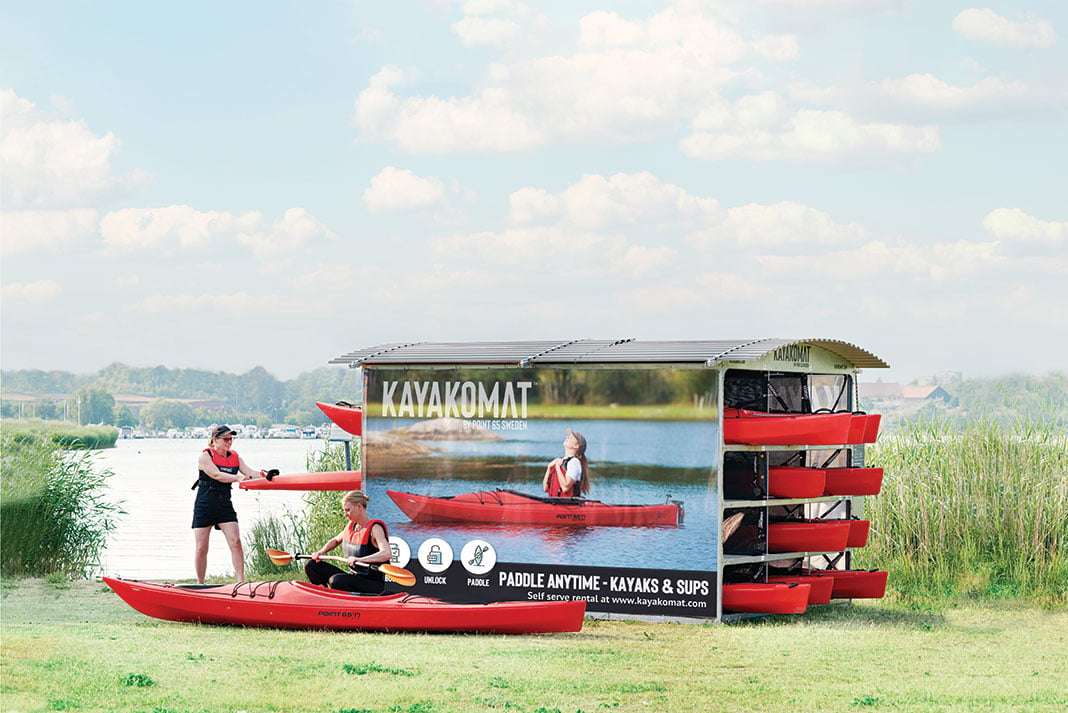
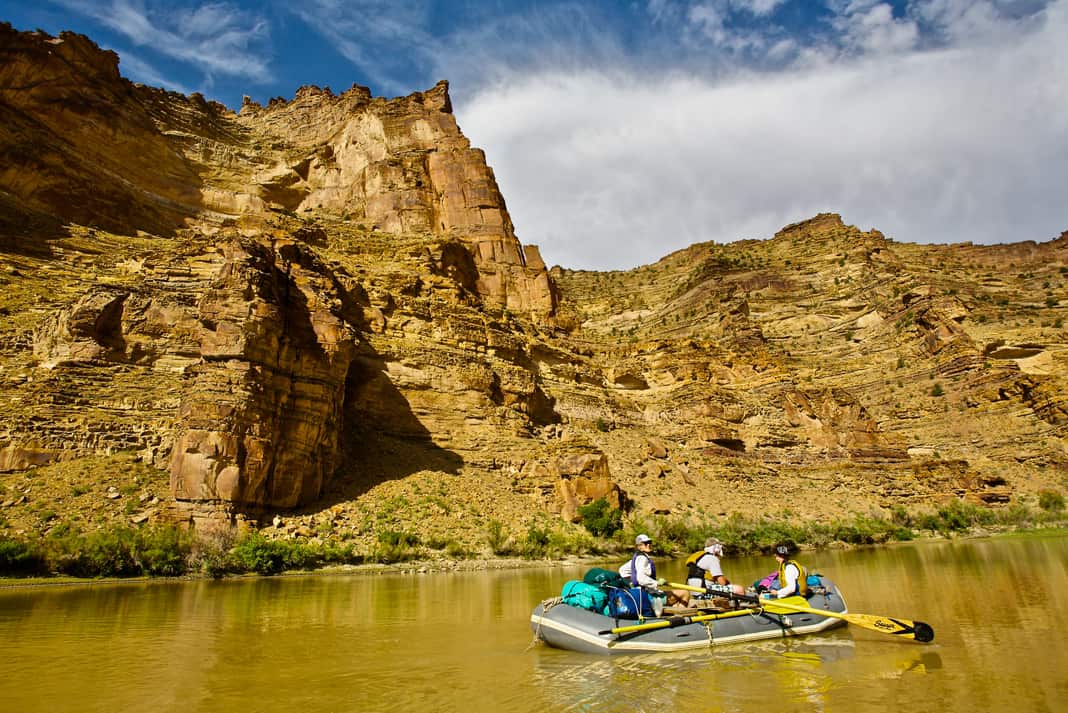
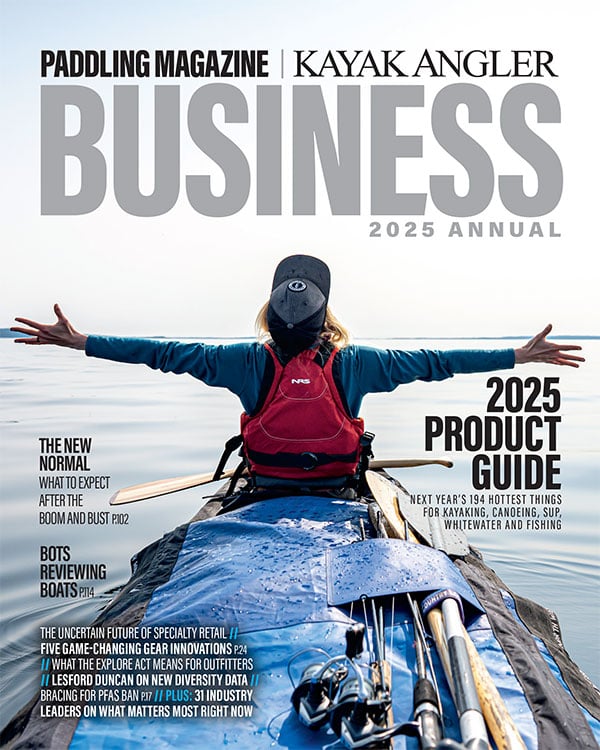 This article was first published in the 2024 issue of Paddling Business.
This article was first published in the 2024 issue of Paddling Business. 
